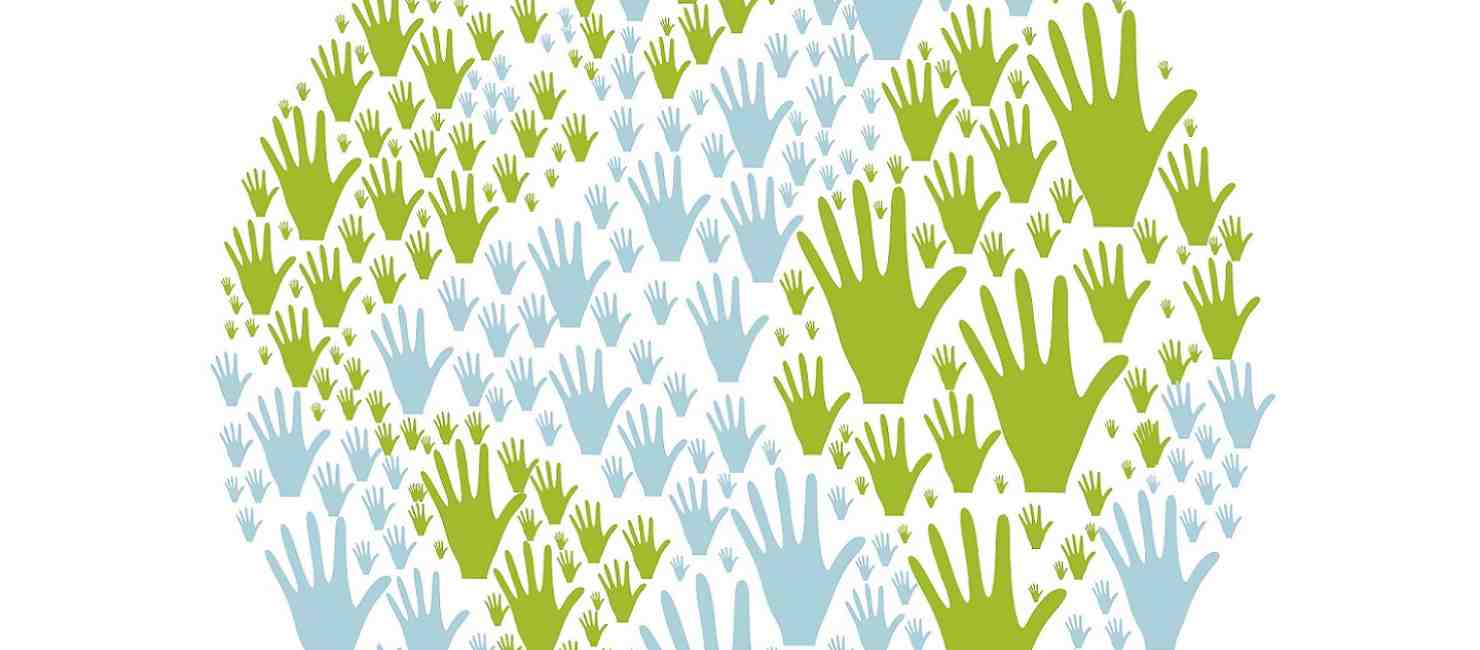Protecting camp counselors and campers
Dear Stop It Now!,
I am trying to create a staff orientation for summer camp. One of the topics I am addressing is how to keep kids from feeling abused, and protecting yourself from accusations of abuse (physical and sexual). I remember learning "safe spots" that can be touched on a child when I was a camp counselor (such as the head and hands), but I do not recall all of the areas. Do you know which areas will not cause a child to feel uncomfortable when touched?

Dear Youth Leader,
What you're doing – looking to talk to staff about how to engage appropriately with the children at this summer camp - is so important, and I appreciate you reaching out to us.
Safe4Athletes, an organization with resources on preventing abuse within sports settings, has a model policies page which says “It is good instructional practice to ask the athlete in advance if it is “ok” to touch them in order to put a body part in the right mechanical position. An occasional “high five” or a pat on the head or back to acknowledge a celebratory performance is generally acceptable unless the athlete feels uncomfortable for any reason.”
I would also encourage you to go over any guidelines and procedures that you have regarding boundaries, expectations, staff student-ratios, and even things like responding to incidents (including child-child sexual incidents) with the incoming counselors.
Some things to think about:
- Does your camp have a “rule of three” so that when there is a situation where one child needs to be monitored, two adults are always present? This is used as a preventative measure for both parties so that no one adult is ever able to be alone with one child.
- Are staff and counselors also trained on how to recognize concerning or inappropriate behavior from another staff member, as well as from a child?
- What if an adult is displaying these Signs An Adult Is At-Risk To Harm A Child or these Behaviors To Watch Out For When Adults Are With Children; are they also given tools on what to do next, and how to respond to it?
These are all important things to have in place, and I would encourage you to check out some our tip sheet called Safety in Youth-Serving Settings and this article on Preventing Child Sexual Abuse Within Youth-Serving Organizations: Getting Started on Policies and Procedures published by the CDC, as both these resources will help ensure your camp and its staff has proactive safeguards in place to protect the children in their care (and themselves too).
We appreciate all the important work you’re doing on behalf of children’s safety. If you have any further questions or concerns, please don’t hesitate to contact us again.
Take care,
Stop It Now!
Feedback:
Please share your feedback on this question
Last edited on: May 14th, 2024

